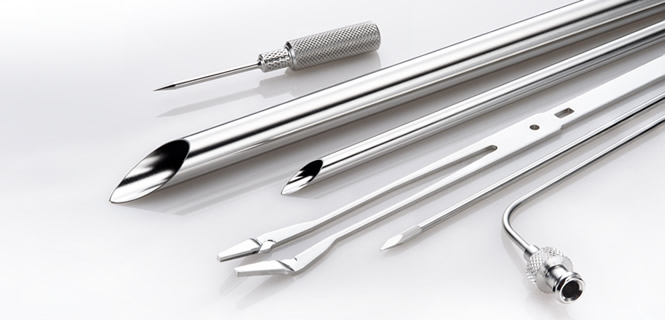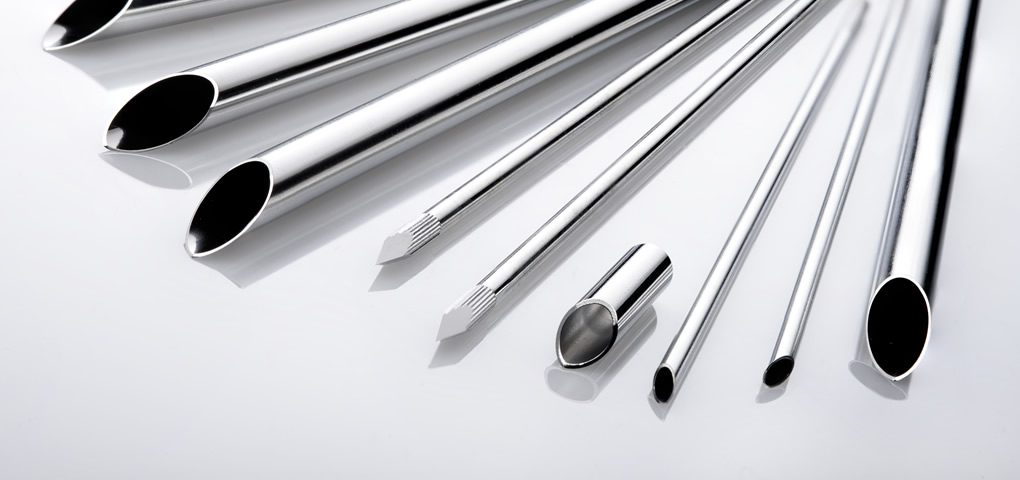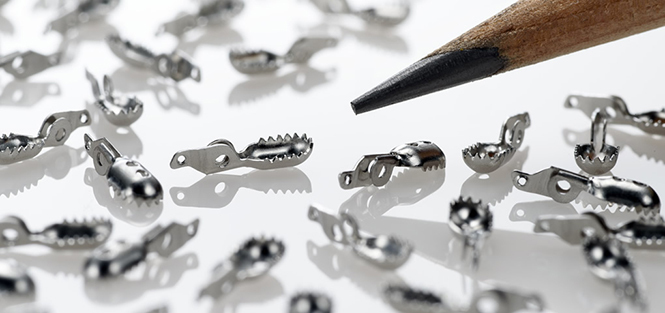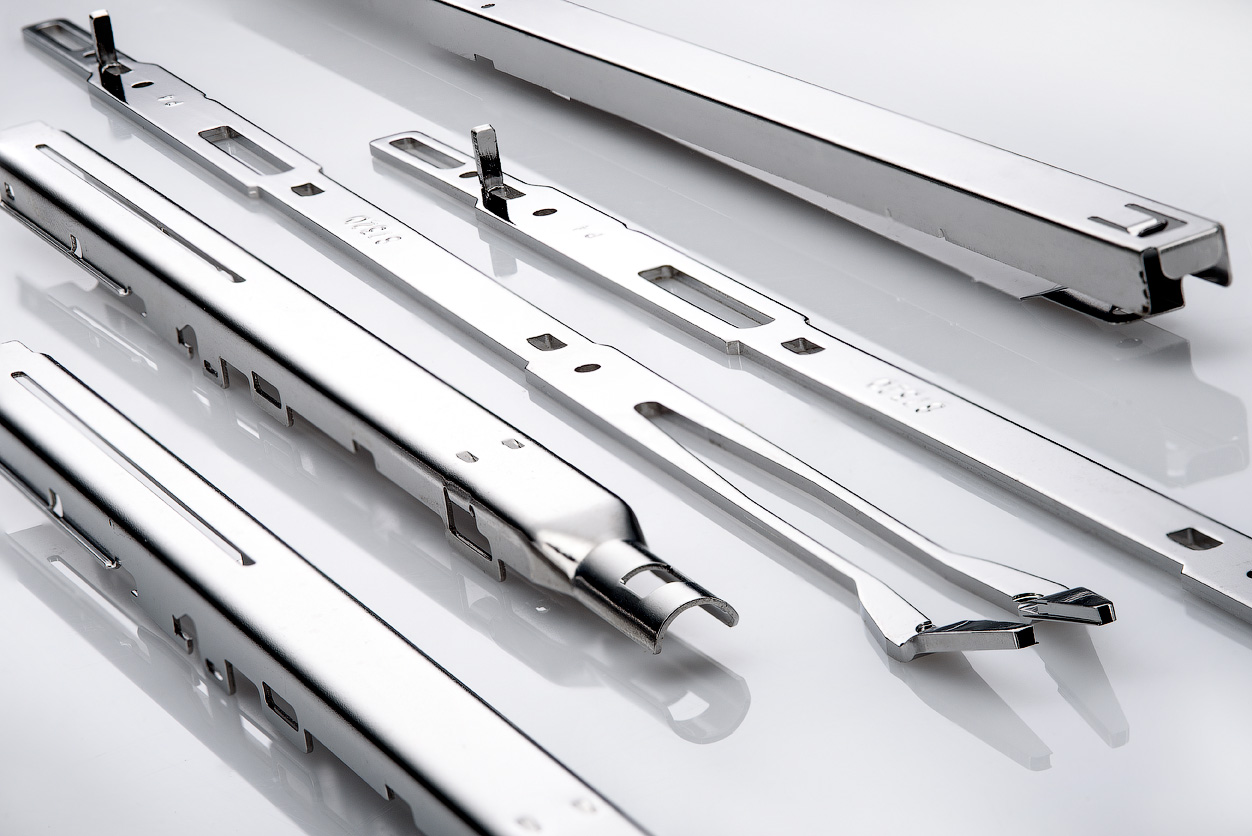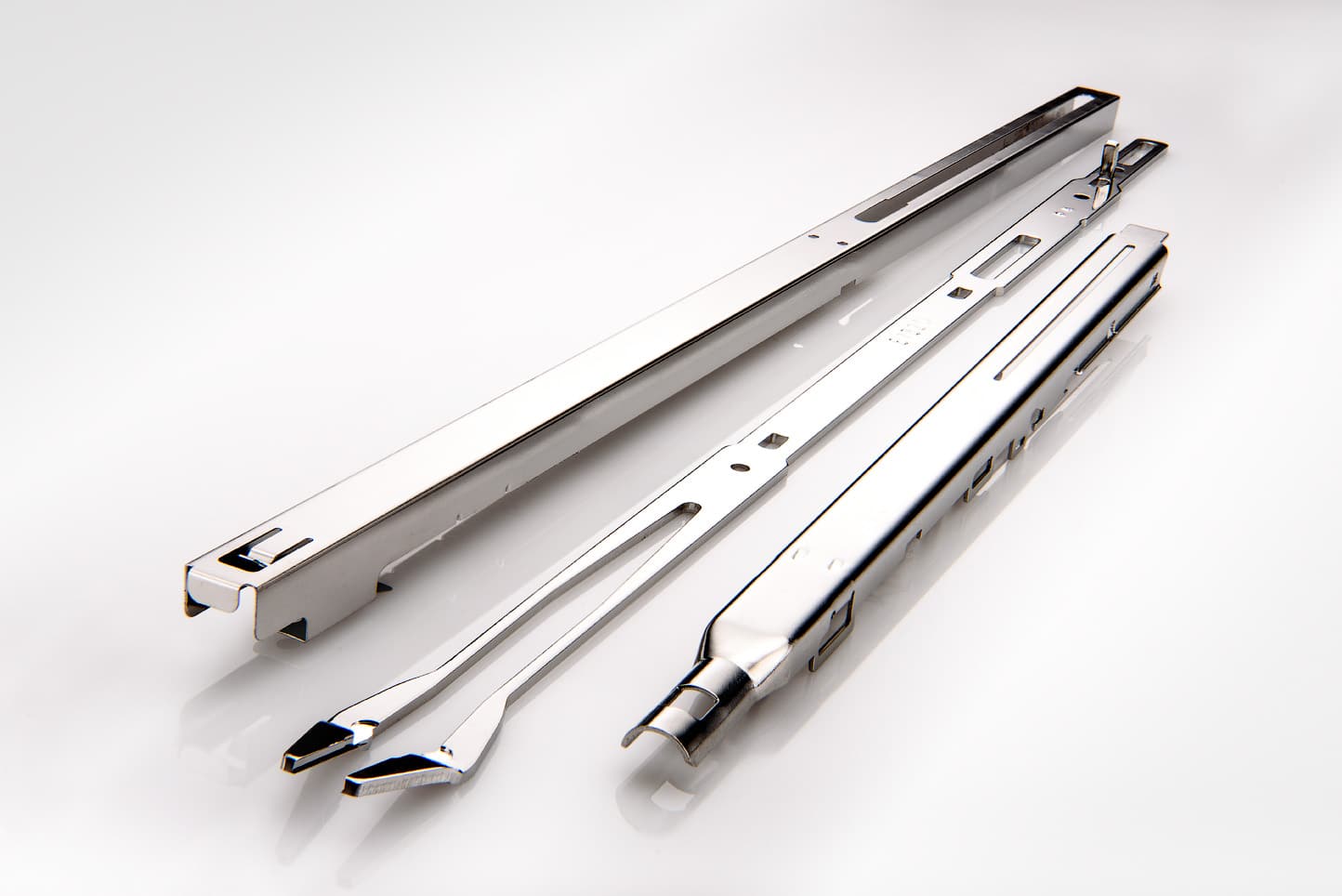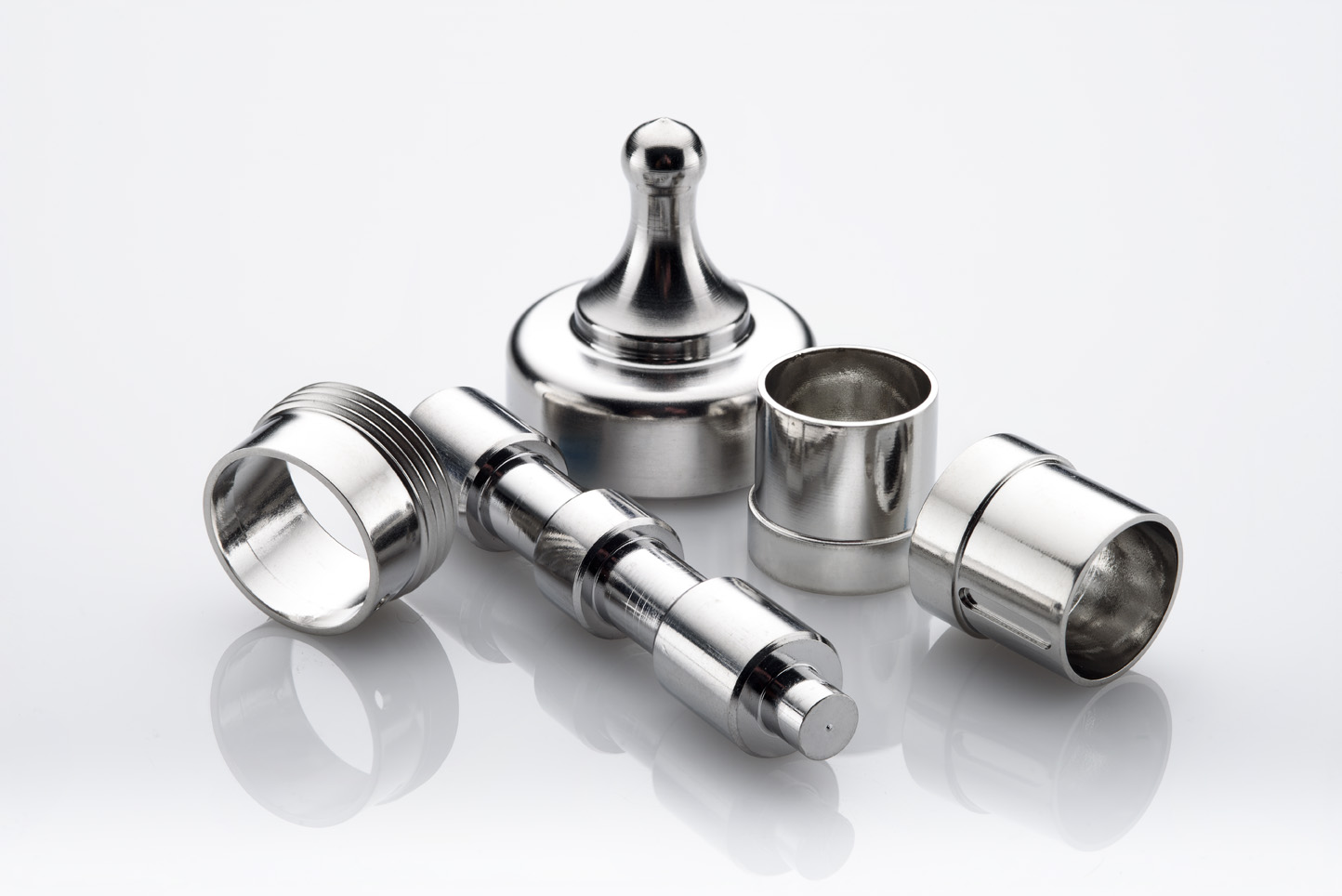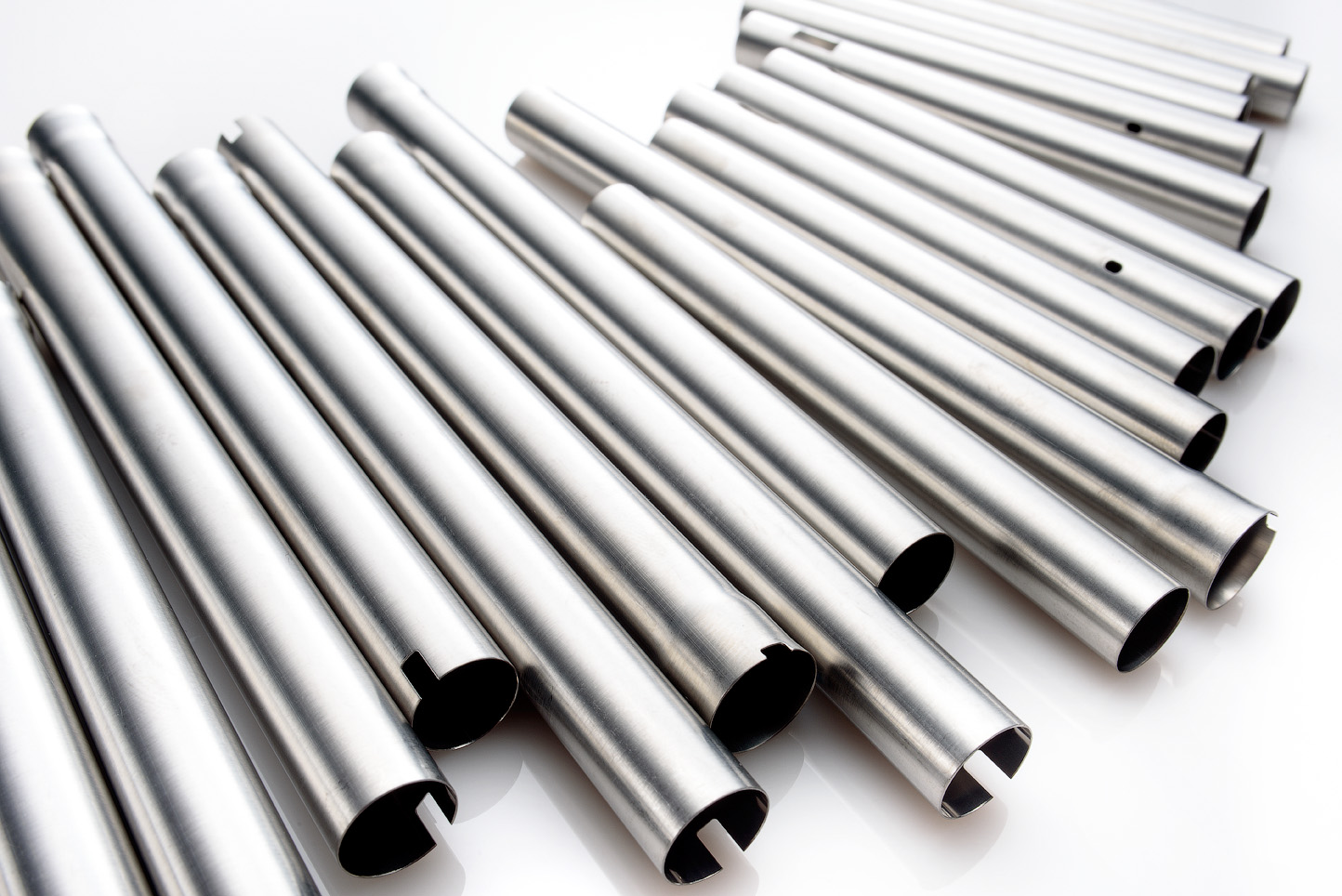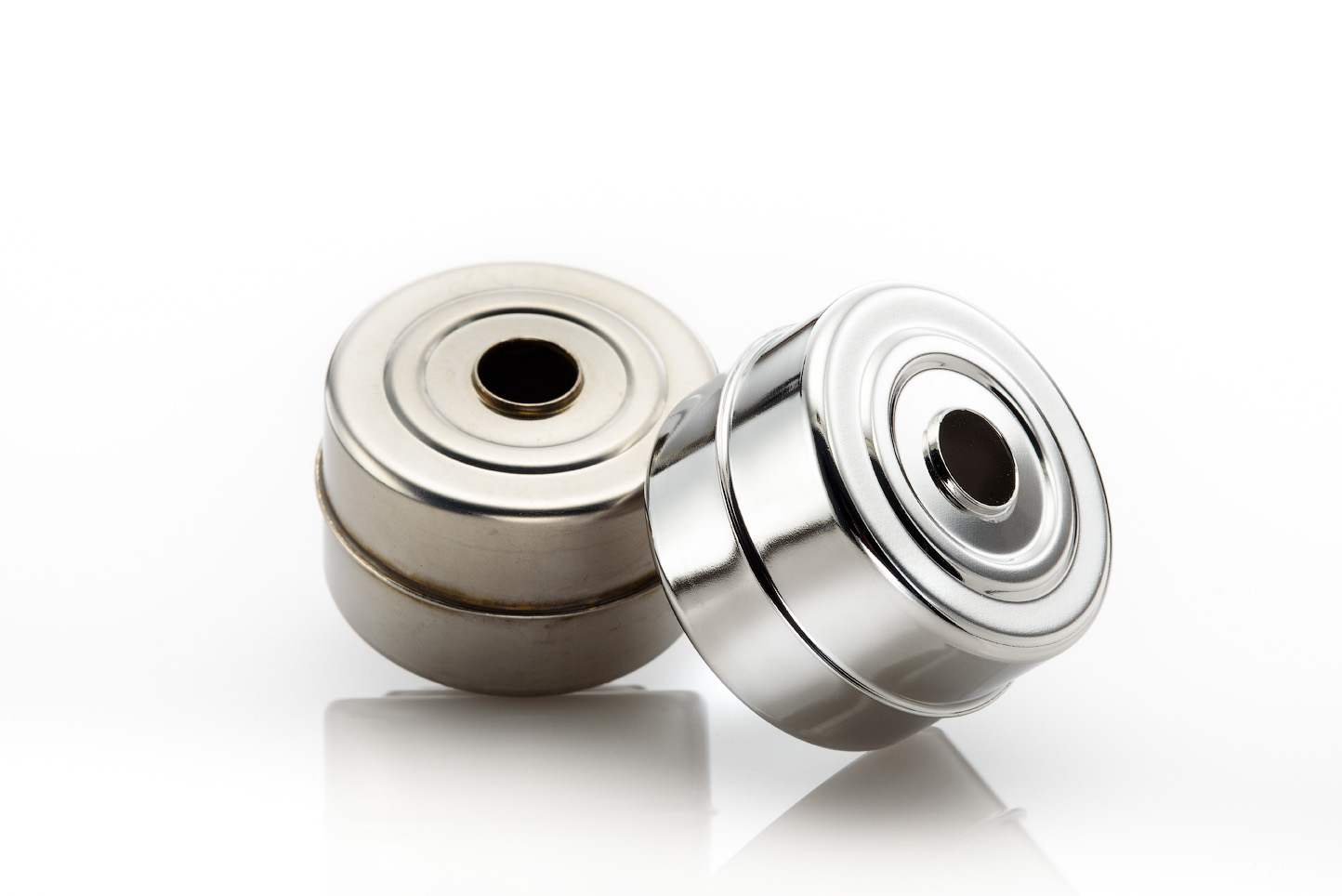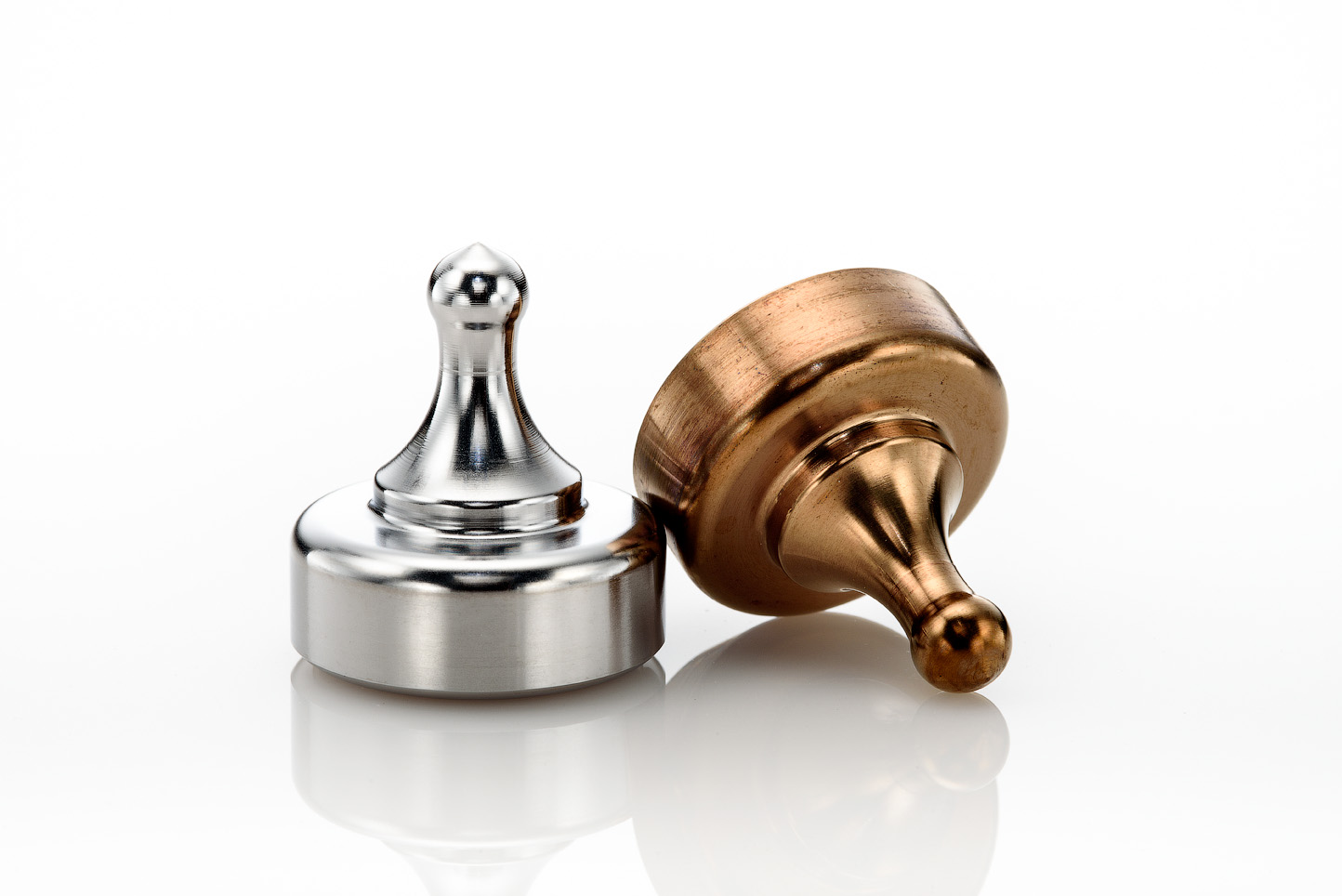
Ensuring Biocompatibility: Electropolishing and Orthopedic Devices
Understanding Biocompatibility
Biocompatibility refers to the ability of a material to perform its desired function without eliciting any adverse biological response when implanted in the body. For orthopedic implants, this means the materials must not cause inflammation, allergic reactions, or toxicity. Achieving high levels of biocompatibility is essential for the long-term success of implants and the well-being of patients.
The Role of Electropolishing in Biocompatibility
Electropolishing is a precise metal finishing process that enhances the surface properties of orthopedic devices. Here’s how it contributes to biocompatibility:
- Surface Smoothness:
- Electropolishing removes microscopic peaks and valleys on the metal surface, creating a smooth, mirror-like finish. This smoothness reduces the likelihood of tissue irritation and inflammation when the implant is in contact with bodily tissues.
- Removal of Contaminants:
- During manufacturing, metal parts can accumulate contaminants such as oxides, burrs, and other impurities. Electropolishing effectively removes these contaminants, ensuring a clean and pure surface that is less likely to cause adverse reactions.
- Improved Corrosion Resistance:
- The electropolishing process enhances the corrosion resistance of metal surfaces by forming a uniform, passive oxide layer. This layer protects the implant from the corrosive effects of bodily fluids, reducing the risk of metal ions leaching into the body and causing toxic reactions.
- Reduction of Bacterial Adhesion:
- A smoother surface reduces the ability of bacteria to adhere and form biofilms, which are clusters of bacteria that can lead to infections. By minimizing bacterial adhesion, electropolishing helps prevent post-surgical infections, a critical aspect of patient safety.
Importance for Patient Safety
Patient safety is the top priority in medical device manufacturing. Electropolishing plays a critical role in ensuring that orthopedic implants meet the stringent safety standards required for medical use. Here’s why this process is essential:
- Enhanced Implant Performance:
- A biocompatible and smooth surface ensures that implants perform effectively without causing harm to the surrounding tissues. This leads to better patient outcomes and longer-lasting implants.
- Regulatory Compliance:
- The medical device industry is governed by strict regulations to ensure product safety and efficacy. Electropolishing helps manufacturers comply with these regulations by providing a high-quality finish that meets all biocompatibility requirements.
- Patient Confidence:
- Knowing that their implants are made using the highest standards of safety and quality gives patients confidence in their treatment. Electropolished implants are less likely to cause complications, leading to higher patient satisfaction.
Conclusion
Electropolishing is a vital process in the manufacturing of orthopedic devices, the benefits of electropolishing for orthopedic devices ensures that implants are biocompatible and safe for patient use. At New England Electropolishing, we are dedicated to enhancing the quality and performance of orthopedic implants through our advanced electropolishing services. By partnering with us, manufacturers can ensure their products meet the highest standards of biocompatibility, ultimately safeguarding patient health and improving outcomes.
Contact New England Electropolishing today to learn more about how our electropolishing services can benefit your orthopedic device manufacturing process.
Does Electropolishing Prevent Corrosion?
“Electropolishing is an electrochemical process that enhances metal alloys resistance to corrosion. Electropolishing is used to clean, deburr and passivate metals by removing impurities from the surface left behind from manufacturing processes.”
Electropolishing Resources
What is Electropolishing?
Electropolishing is an electrochemical and reverse plating process that removes the outer layer of skin on a metal...
The Electropolishing Process
The electropolishing process is initiated by immersing a metal part into a temperature-controlled bath of electrolyte...
How Much Material Does Electropolishing Remove?
Electropolishing, when done properly is a highly controllable process which removes as little as...
How Much Will Electropolishing Improve the Surface of my Part?
Ra and RMS are both representations of surface roughness. Ra is calculated as the roughness average of a surface’s...
What is ASTM B912?
ASTM B912 is an industry standard for the passivation of stainless steel alloys through electropolishing...
What is ASTM A967
ASTM A967 is an industry standard specification for the chemical passivation treatments for stainless...
